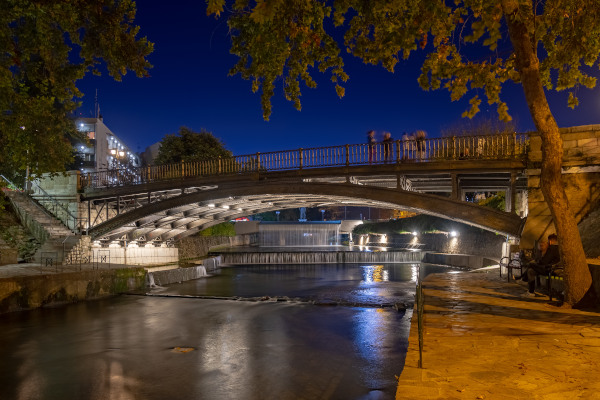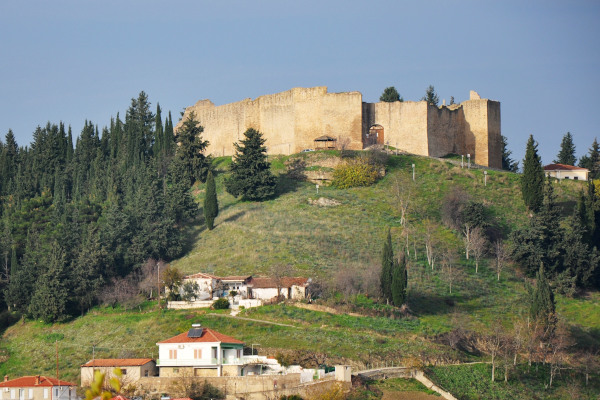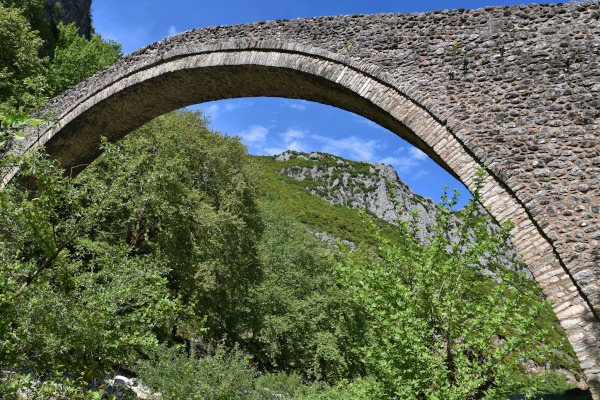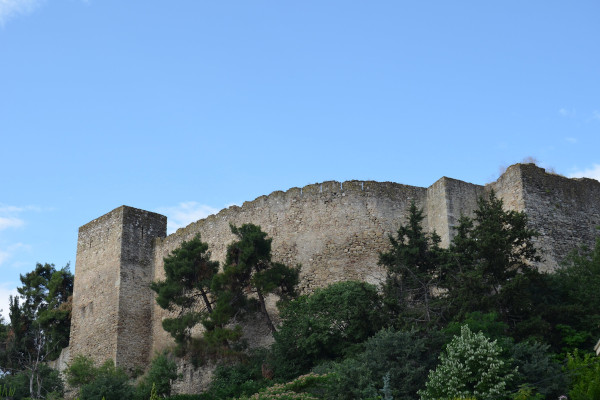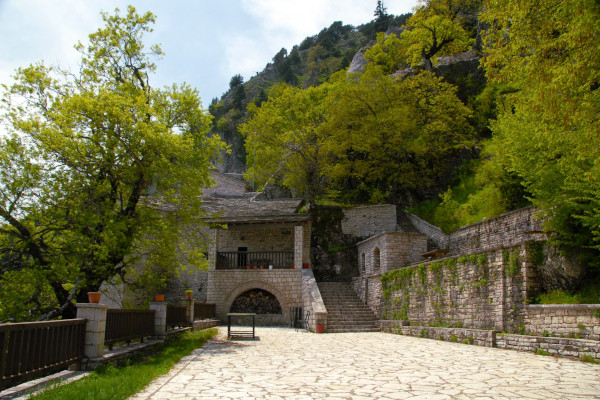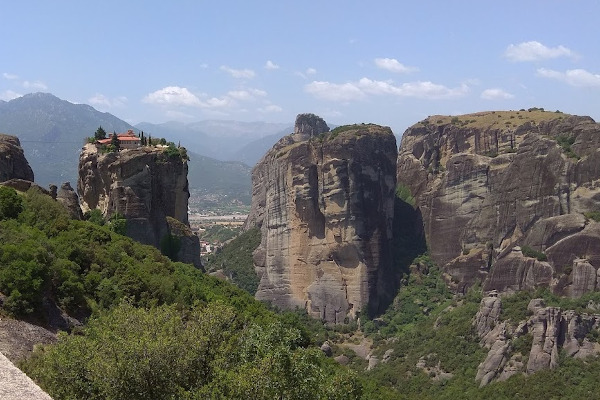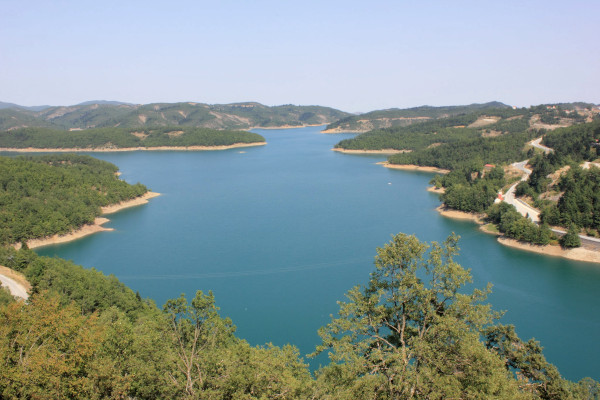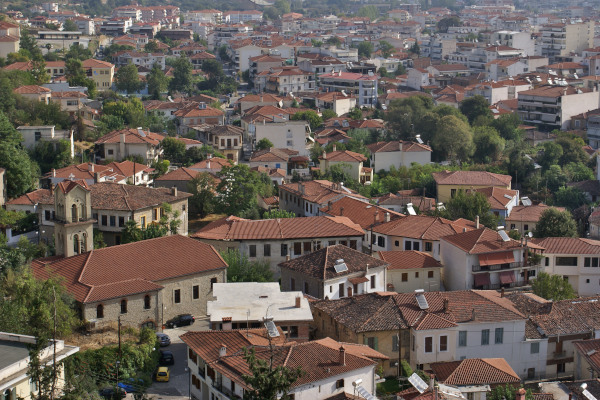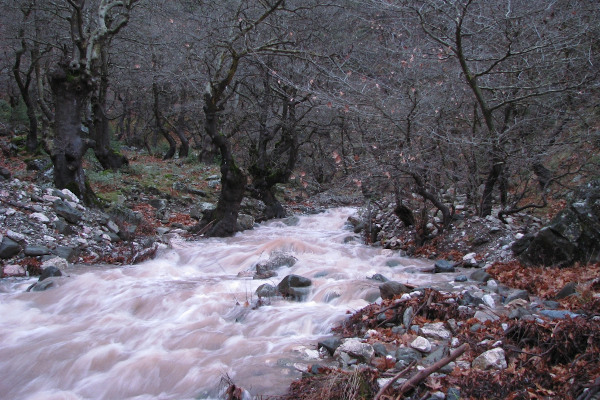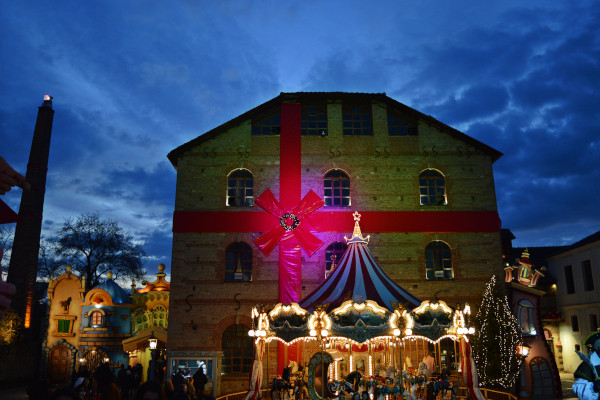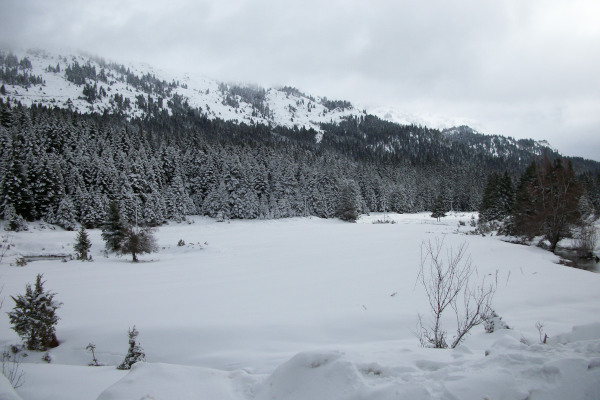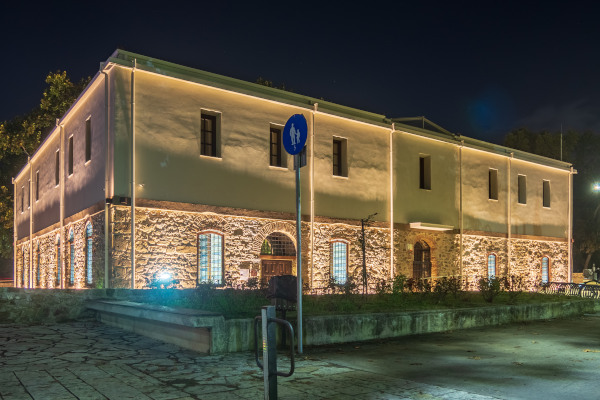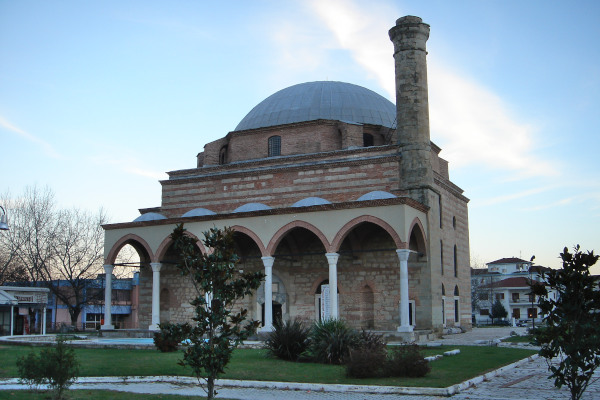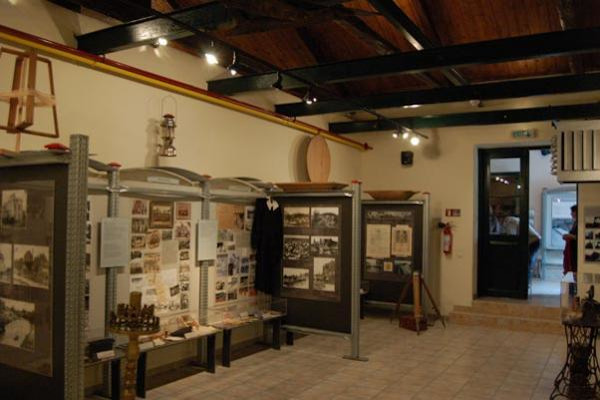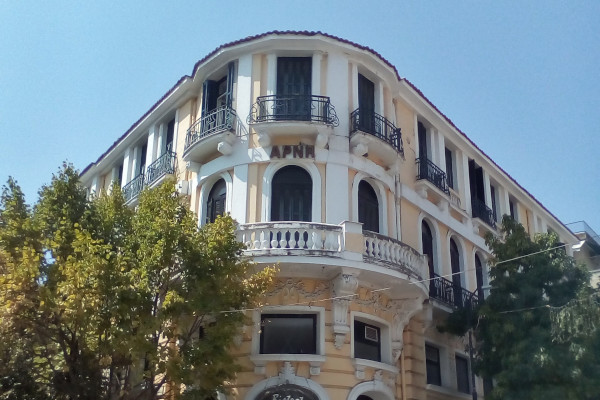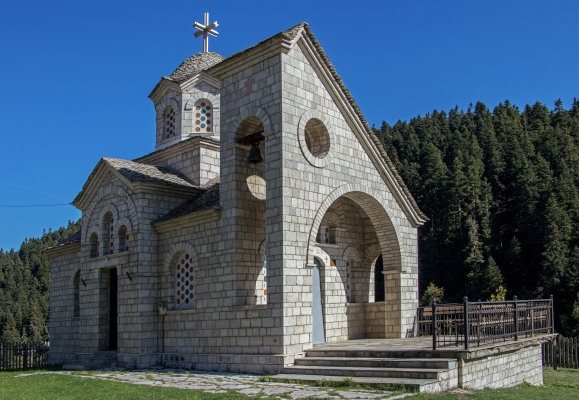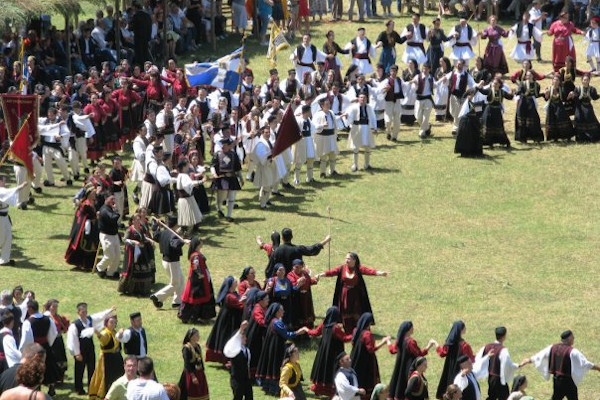Trikala Attractions
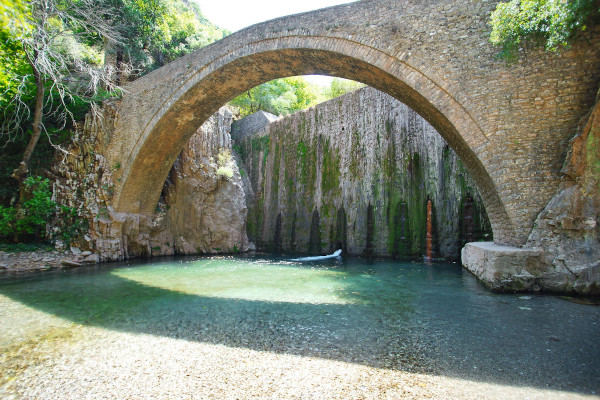
Paleokaria Arch Bridge - Waterfall
An impressive synthesis of stone and water in a stunning landscape. In the summer, you can take a refreshing swim below the 16th century bridge.
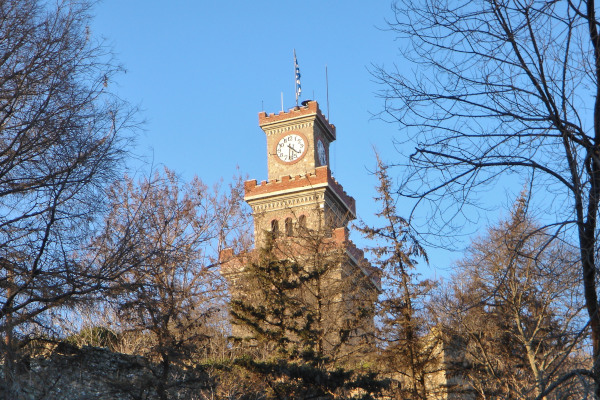
Clock Tower of Trikala
The city's trademark was built in 1936 on the spot of an older Ottoman clock tower. You want to visit it for its panoramic view.
Central Bridge of Trikala
Trikala have a river and several bridges crossing it, many of which are pedestrian. This is one of the most notable ones thanks to its beauty.
Fanari Castle
Surprisingly well-preserved castle (some restoration has taken place) with great views over the Thessalian plains. The Fanari Castle is worth your visit.
Arched Stone Bridge of Pyli Trikala
The Pyli hanging gate-bridge dates back to 1514, though it was restored recently. Don't miss the nearby church of Porta Panagia.
Trikala Fortress (Castle)
Built on the acropolis, the internal areas of the "Frourio" (Fortress) are beautifully preserved. There is no entrance fee and the view is rewarding.
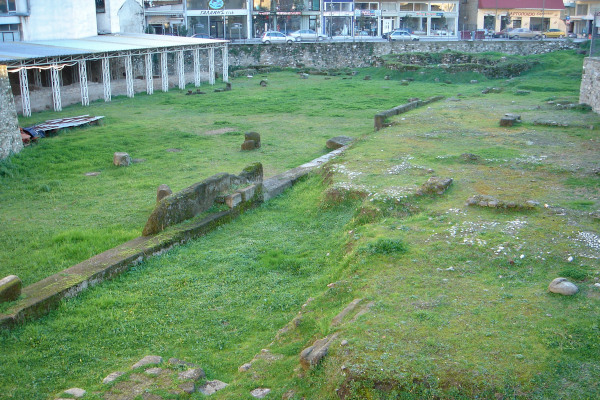
Ancient Trikki - Asclepieion (Archeological Site)
The ruins of ancient Trikki are also called Asclepieion because Trikki was the homeland of the famous ancient Greek physician.

